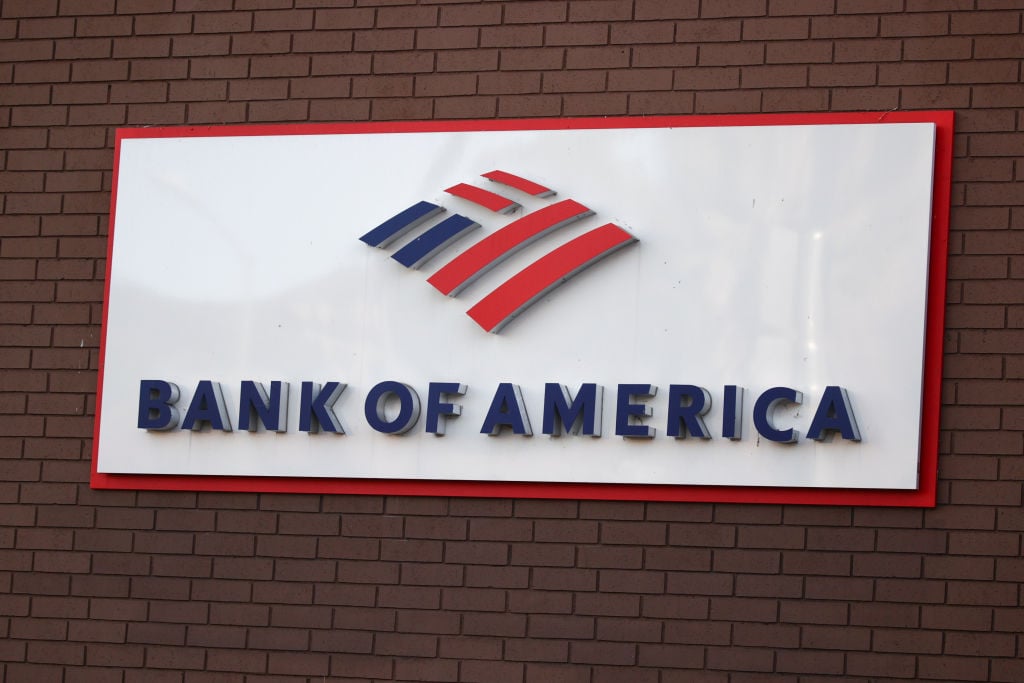This article is part of our Rising Star Portfolios series. Sean is co-manager of the Dada Portfolio.
We think Bank of America (NYSE: BAC) and Lender Processing Services (NYSE: LPS) are going down. Yesterday, my fellow Dada Portfolio co-manager, Ilan Moscovitz, explained why we felt that bearish positions on BAC and LPS would be a great way to play the unfolding mortgage fraud crisis.
Not being much of an options man myself, I learned a lot by thinking through this trade and trying to figure out what the best course of action would be. I'm going to try to explain our thinking today -- why we planned on splitting $800 between LPS puts and a Bank of America short -- but also why we've had to change our original play.
Lender Processing Service puts
If you’re not familiar with how puts work, you can get caught up by reading our Bank of America write-up, where we concluded that it made more sense to simply short the stock.
Puts on LPS, though, were a different story.

The $40.00 puts with the $10.13 premium looked awesome. With LPS at $29.32 when we were looking at this, the $40.00 puts would've made us a 5.4% gain even if LPS' share price didn't go down at all! The problem was again the contract price. The $10.13 premium per share meant that a total contract would have cost us $1,013. The leveraged gains would have made it worth it, and the downside wasn't too terrible either. Our only quibble was that, again, with only $17,000 in total capital, this would've been way too large and way too concentrated a single position.
So the next best thing was the $35.00 puts with the $6.00 strike price. At $6.00 per share, a single contract would only cost us $600. That would be a 3.5% position, and it would leave us a little bit of money to put into a BAC short, which we wanted for a little diversification on the thesis. Moreover, look at that leverage! LPS only had to fall 5% for us to net a 19% gain! On the other hand, in the event that LPS' price didn't budge, we'd only lose 5.3%. With a $600 position, a -5.3% return would have been a tolerable permanent capital loss of $31.80. So with that, we published the article and planned to make the trade.
Here's where we got stopped cold: The $35.00 puts had very little volume and the bid-ask spread on the premium was enormous. The ask price, which represented what we could potentially pay as the premium, $8.50. In other words, the contract would now cost us $850, or nearly 42% more. That changed our return profile dramatically!
Here's the same June 2011 LPS puts chart, but with the $35.00 puts costing $8.50 per share rather than $6.00:

All of a sudden, we didn't stand to make any money until at least a 10% drop in LPS' share price. And up until then, we'd really be on the hook. Even if the stock just stayed flat, we'd be down 33%! Worst of all, we wouldn't be seeing any meaningful leverage on our gains until at least a 25% drop in LPS' stock. But that leverage would be in no way compensating us for the tremendous amount of risk we'd be taking on in case we were wrong.
So that's why we are backing off from buying puts in LPS. We still believe in our thesis, but leveraging our bearish play with put options no longer makes sense with the trades that are available to us. For readers who are interested in this trade, we think the $40.00 puts are extremely enticing, and if we make a move in our personal portfolios, those would be the ones we'd look at. For Dada, though, on this play at least, we'll just stick with good ol' fashioned shorting -- $800 ($200 Bank of America, $600 LPS), or just south of 5% of our total capital, on our thesis that the mortgage fraud crisis still has plenty more downside.
Colossal bragging rights or epic fail? Let us know what you think in the comments below. Or visit our discussion board here and follow the whole saga on Twitter @TMFDada.



